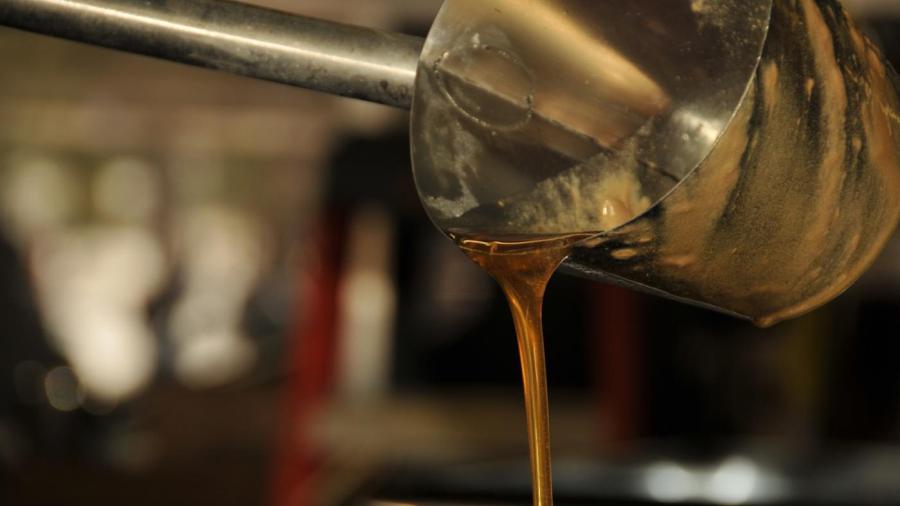What Is the Difference Between High and Low Viscosity?
Follow Us:
Twitter

The difference between high and low viscosity is the thickness of the material being measured. Low viscosity refers to substances that are thin, such as water, while high viscosity substances are thick. An example of a high viscosity liquid is syrup.
In addition to measuring thickness, viscosity measures resistance to motion. For example, a substance with a thick viscosity resists movement while a low viscosity substance moves quickly. Therefore, viscosity measures the internal friction of a substance’s molecular makeup during movement. Liquids are the most common substances measured in terms of viscosity; however, some gases have measurable viscosity that cannot be seen by the naked eye.





